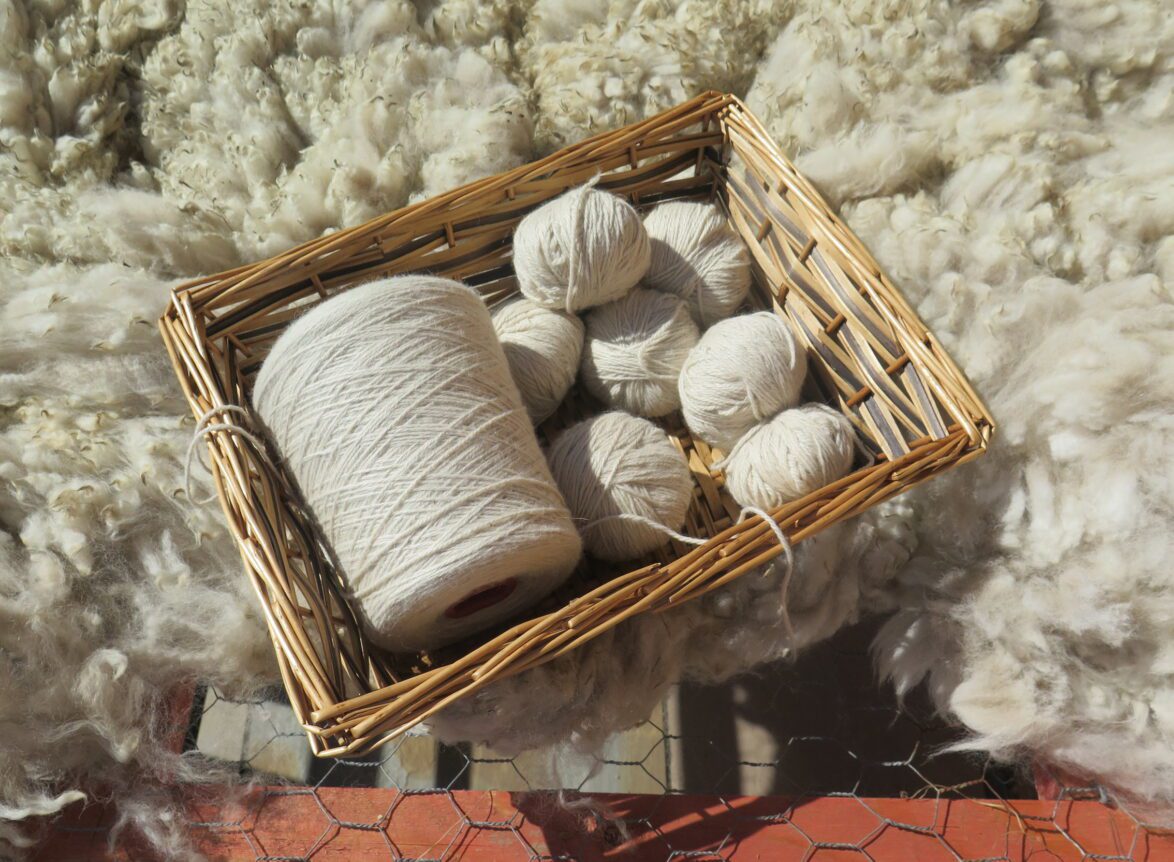Kashmiri Pashminas, renowned for their luxurious softness, warmth, and exquisite craftsmanship, are a treasure of the Kashmir region and an epitome of fine textile artistry. The process of creating these prized shawls involves intricate steps, skilled artisans, and a deep-rooted tradition that has been passed down through generations. Let’s delve into the meticulous art of making Kashmiri Pashminas.
1. Sourcing of Raw Material:
The journey of crafting a Pashmina begins with sourcing the finest raw materials. The primary raw material for Pashmina is the ultra-fine, downy wool obtained from the underbelly of a specific breed of mountain goat known as Chyangra or Capra hircus. These goats are found in the high-altitude regions of the Himalayas, including the Kashmir Valley.
2. Harvesting Pashmina Wool:
Pashmina wool is collected during the spring molt when the goats naturally shed their undercoat to adapt to the changing weather. The finest and softest fibers are meticulously handpicked, ensuring only the best quality wool is used for crafting Pashminas. This delicate process requires skill and expertise to harvest the softest and thinnest fibers.
3. Sorting and Cleaning:
Once the wool is collected, it undergoes a rigorous sorting process to separate the finest fibers from the coarser ones. The selected fibers are then thoroughly cleaned to remove any impurities, dirt, or natural oils, leaving behind pure, clean Pashmina wool.
4. Spinning and Preparation of Yarn:
The cleaned fibers are then spun into yarn using traditional spinning wheels or sometimes modern machinery. Skilled artisans spin the wool into fine threads, maintaining the natural softness and fineness. The yarn is carefully prepared, ensuring it meets the specific requirements for creating a Pashmina shawl.
5. Dyeing the Yarn:
After spinning, the yarn is dyed using natural or synthetic dyes to achieve the desired colors. Traditional methods often involve using natural plant-based dyes, which enhance the eco-friendliness and unique appeal of the Pashmina shawl. The dyeing process requires precision to achieve the right hues and shades.
6. Designing and Weaving:
The dyed yarn is then given to skilled weavers who use traditional handlooms to weave the intricate patterns and designs characteristic of Kashmiri Pashminas. The design is often derived from centuries-old motifs and patterns, reflecting the cultural heritage of the region. The weaving process is meticulous and time-consuming, demanding a high level of expertise.
7. Finishing and Embellishments:
Once the weaving is complete, the Pashmina undergoes a finishing process, which involves careful washing and sometimes blocking to achieve the desired dimensions and softness. Embellishments like intricate embroidery, borders, or additional decorative elements may be added to enhance the aesthetic appeal and value of the shawl.
8. Quality Checking and Packaging:
After finishing, the Pashmina is thoroughly checked for any imperfections, ensuring it meets the highest standards of quality. Once approved, the shawl is delicately packaged, ready to be presented to connoisseurs of fine craftsmanship around the world. Kashmiri Pashminas are not just accessories; they are a reflection of a rich heritage and the dedication of skilled artisans who invest their expertise and time into creating timeless pieces of wearable art. The legacy of Kashmiri Pashminas continues to enchant and awe, captivating generations with their unrivaled beauty and craftsmanship.




